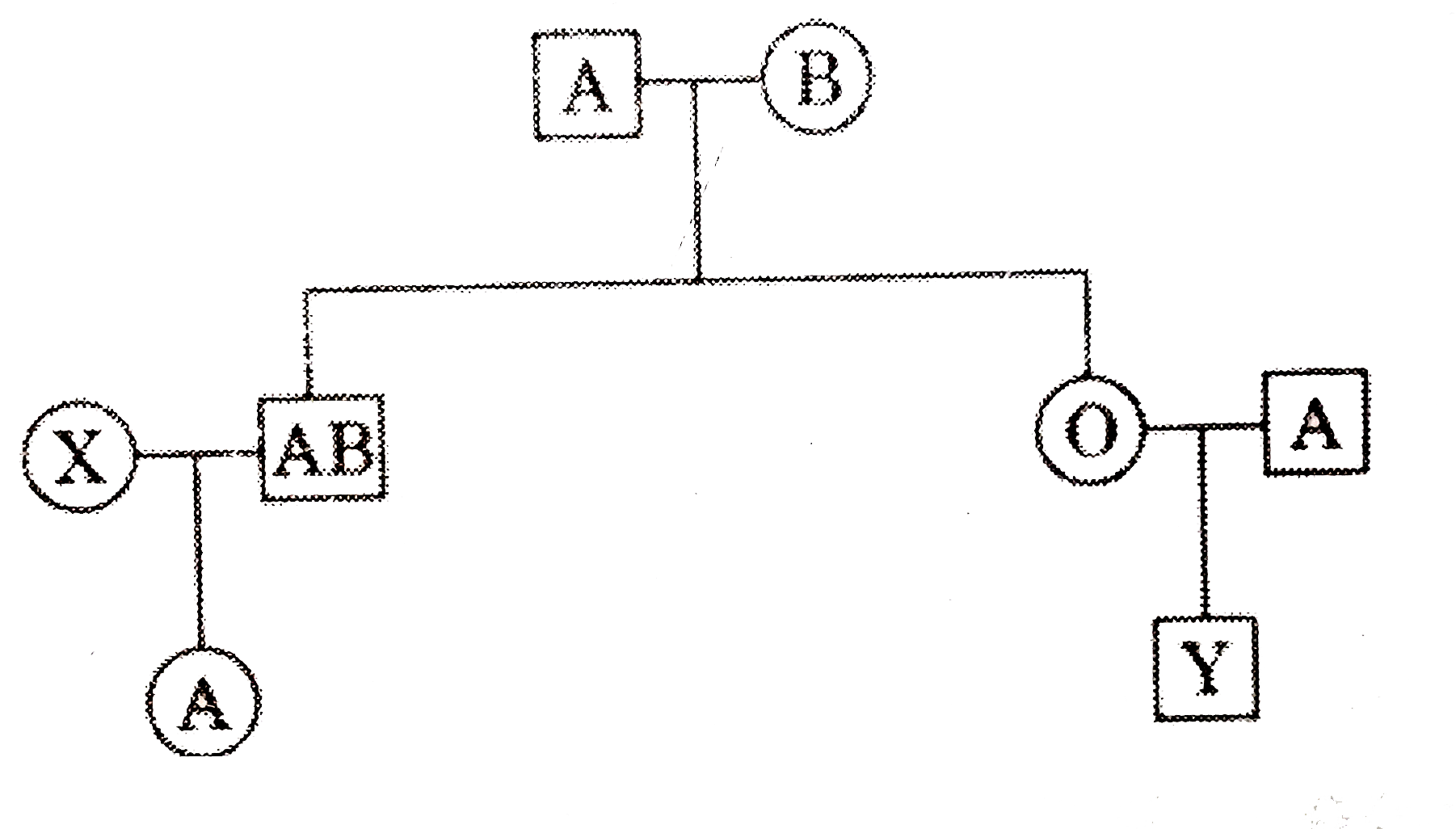Clone is a group of individuals got through
Self pollination
Cross pollination
Vegetative propagation
Hybridisation
The correct Answer is:C
Step-by-Step Solution:
1. Understanding Clones: A clone is defined as a group of individuals that are genetically identical to one another and to their parent organism. This means that clones are produced through a process that does not involve the mixing of genetic material from two different parents.
2. Identifying Reproductive Methods: The question presents four options: self-pollination, cross-pollination, vegetative propagation, and ablation. We need to analyze each option to determine which one leads to the formation of clones.
3. Self-Pollination: This is a form of sexual reproduction where pollen from the same flower fertilizes its ovules. Since this involves genetic material from two gametes (even if they are from the same flower), it does not produce clones.
4. Cross-Pollination: This is another form of sexual reproduction where pollen from one flower fertilizes the ovules of another flower. This process also involves genetic mixing and does not produce clones.
5. Vegetative Propagation: This is a form of asexual reproduction where new individuals are produced from parts of the parent organism (such as roots, stems, or leaves). Since it does not involve the fusion of gametes, the offspring are genetically identical to the parent, thus producing clones.
6. Ablation: This term generally refers to the removal of material from the body or a structure and is not a recognized method of reproduction. Therefore, it is not relevant to the question.
7. Conclusion: Based on the analysis, the correct answer to the question is "vegetative propagation" because it is a method of asexual reproduction that results in clones.
Final Answer: Vegetative propagation
---
Topper's Solved these Questions
- REPRODUCTION IN ORGANISMS BOOK - VMC MODULES ENGLISHCHAPTER - REPRODUCTION IN ORGANISMS EXERCISE - IMPECCABLE
33 Videos
- REPRODUCTION IN ORGANISMS BOOK - VMC MODULES ENGLISHCHAPTER - REPRODUCTION IN ORGANISMS EXERCISE - ENABLE
50 Videos
- PRINCIPLES OF INHERITANCE AND VARIATIOBOOK - VMC MODULES ENGLISHCHAPTER - PRINCIPLES OF INHERITANCE AND VARIATIOEXERCISE - IMPECCABLE
56 Videos
- REPRODUCTIVE HEALTHBOOK - VMC MODULES ENGLISHCHAPTER - REPRODUCTIVE HEALTHEXERCISE - Chapter Exercise-C
10 Videos
Similar Questions
Knowledge Check
Assertion : Species is a group of individuals with fundamental similarities.
Reason : Indica, leo tuberosum represent such group of individuals.AIf both assertion and reason are true and reason is the correct explanation of assertion.BIf both assertion and reason are true but reason is not correct explanation of assertion.CIf assertion is true but reason is false.DIf both assertion and reason are false.
A clone is
View SolutionCan you think of reasons why more complex organisms cannot give rise to new individuals through regeneration?
View SolutionRead the given statements and select the correct option.
Statement 1 : Study of a single individual or a population in relation to environment is called autecology.
Statement 2 : Study of group of individuals or a community in relation to environment is known as synecology.
View SolutionCytoplasmic genes enter an individual through
View SolutionIn the ABO system of blood,group,if both antigens are present but no antibody,the blood group of the individual would be :
View SolutionStudy the given pedigree chart showing the pattern of blood group inheritance in a family
(a) Given the genotype of the following:
(i)Parents
(ii) The individual 'X' in second generation
(b) State the possible blood groups of the individual 'Y' in third generation
(c) How does the inheritance of this blood group explain codominance?

View SolutionSexually interbreeding or potentially interbreeding group of individuals which is reproductively isolated from the other species is
View Solution
